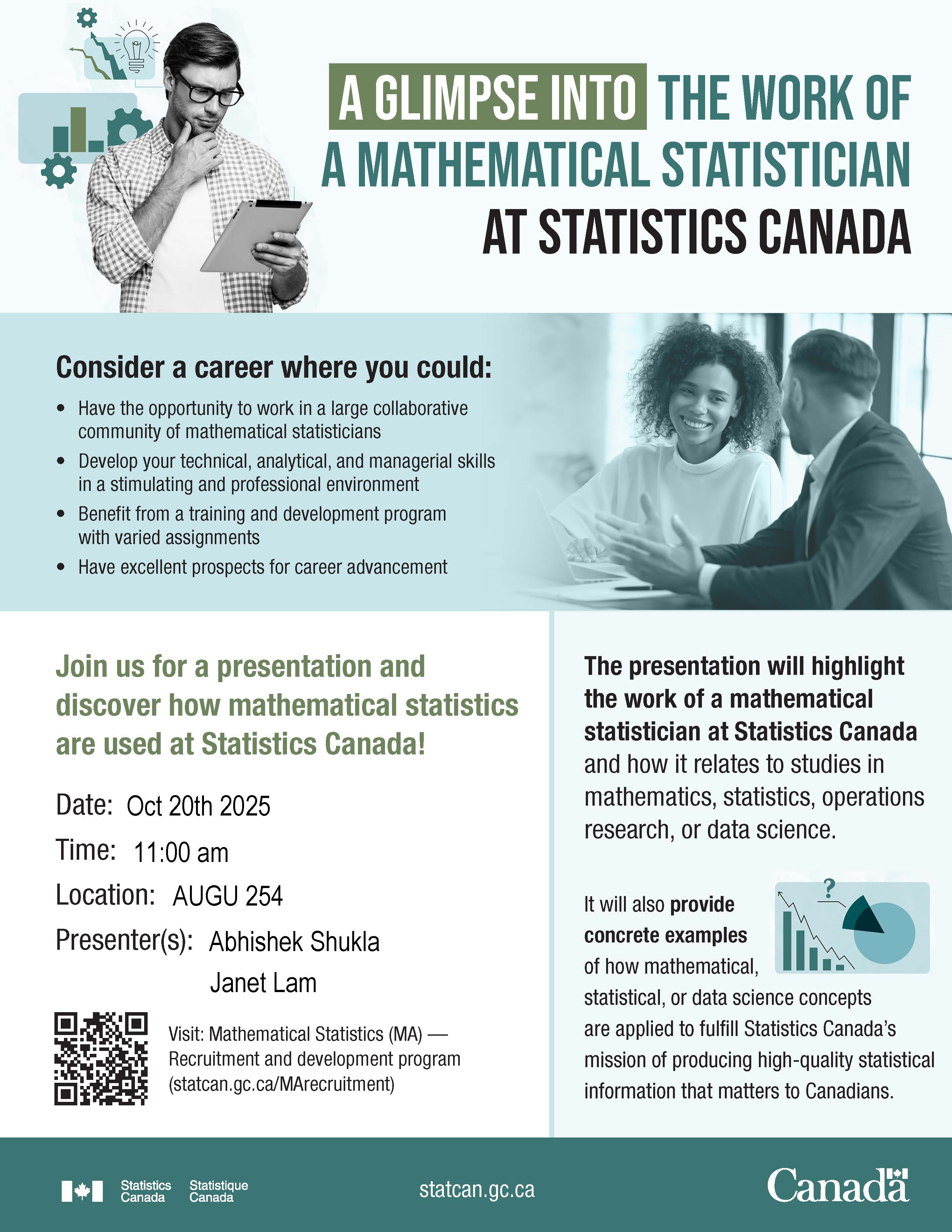Inclusive Approaches to Data Literacy
Building data literacy requires intentional design—both inside and outside the classroom. As statistics educators, we are uniquely positioned to help learners not only analyze data but also communicate, question, and connect with it in meaningful ways. This talk will explore several initiatives that promote inclusive and engaging approaches to developing data literacy across different educational levels.
First, I will discuss a range of outreach activities designed to introduce statistical thinking to elementary and secondary students through play, storytelling, and authentic data contexts. These activities—ranging from constructing visualizations using the Spotify API to exploring sampling methods with geodes and “dinosaur fossils”—have been implemented at events such as Florence Nightingale Day and Pursue STEM. Such initiatives align with calls to cultivate early data literacy and “real-world statistical reasoning” among pre-tertiary learners (Ben-Zvi & Garfield, 2004; Ridgway, 2016).
Second, I will highlight innovations in postsecondary statistics education, focusing on the integration of Universal Design for Learning (UDL) principles (CAST, 2018) in a large third-year course (STA304: Surveys, Sampling, and Observational Data). Through flexible grading, grace period, and generative AI policies, the course design supports diverse learners while maintaining academic rigor. Student feedback illustrates how flexibility can enhance motivation, equity, and engagement—findings that echo recent work on inclusive assessment and learning autonomy in statistics education (Engel, 2017).
Together, these projects demonstrate how flexibility, communication, and creativity can support inclusive data literacy education across age groups. By integrating outreach and UDL-informed teaching, we can expand access to data-driven inquiry and foster a more diverse and data-confident generation of learners.
To join this seminar virtually, please request Zoom connection details from ea@stat.ubc.ca.
